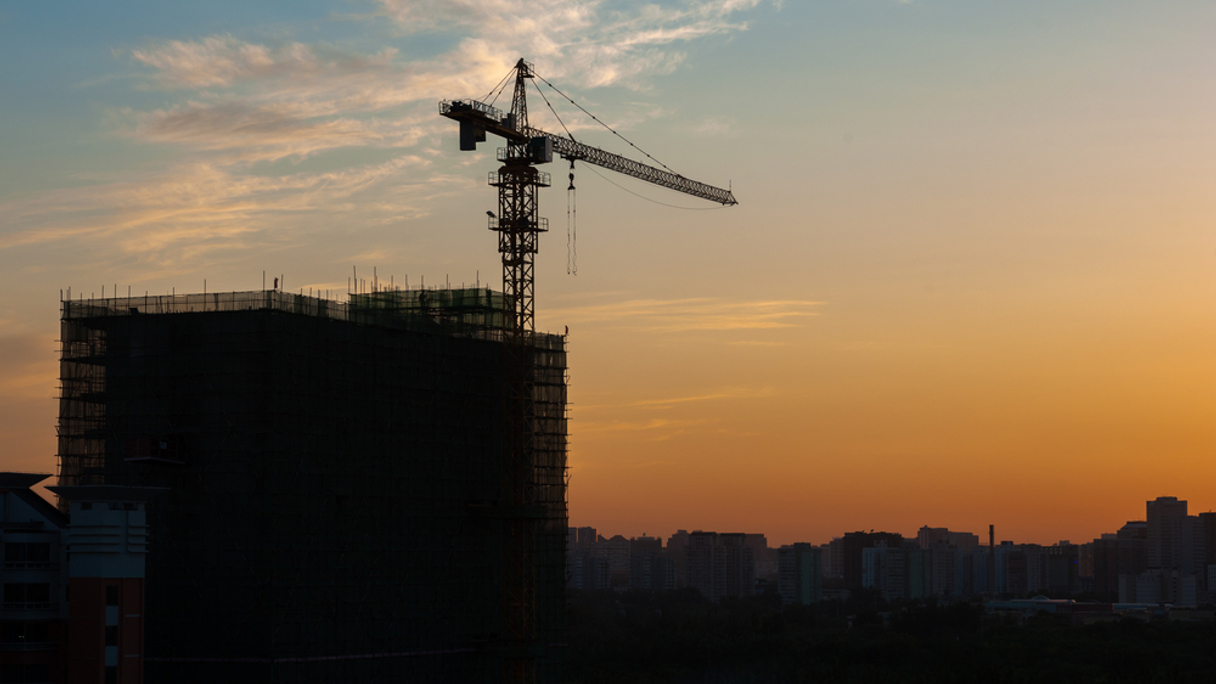Q. What are the recovery prospects for offshore bondholders?
A. We expect bondholders to recover only a small fraction of their investments in a Chinese developer if it goes into bankruptcy proceedings. Only a few Chinese companies with offshore issuances have gone through bankruptcy so far, and these cases indicate wide-ranging but unfavorable outcomes for recovery. Bondholders therefore generally prefer not to accelerate repayment that could force the issuers into distress even if a developer fails to fulfill its financial obligations. They would prefer an orderly debt restructuring over liquidation because of higher certainty over the timing and the amount bondholders can receive.
Q. What did we learn from the recent default of Kaisa?
A. The default of Kaisa’s US dollar notes earlier this year highlights the troubles related to recovery of distressed companies' bonds and notes. Court rulings were passed and Kaisa's assets at its operating subsidiaries in China were frozen. Offshore bondholders of the parent holding company had no direct claims over the company's assets, as these bondholders were structurally subordinated to the creditors of the operating subsidiaries, which provided no guarantees.
The Kaisa case points to bondholders' tendency to avoid uncertainty over the timing and recovery amount in a liquidation scenario. In other cases, bondholders have accepted deeply discounted exchanges, which seemingly indicate preference for debt restructuring.
Q. What’s next for Kaisa?
A. Despite bondholders rejecting Kaisa's first offer, we believe the company could still reach an agreement with offshore creditors because bondholders understand that such a deal would minimize the uncertainty in the event of liquidation. Kaisa's offshore bondholders did not accelerate repayments after the company missed the 30-day grace period for interest payment. The progress in Kaisa's negotiations with bondholders has been stunted because of chaotic developments such as a conditional acquisition offer by Sunac China, which was later withdrawn; the departure and return of Kaisa's senior management; and a political clampdown on the company's projects.
While we expect the final offer to be at a deep discount to the existing debt terms, it would need to be better than the initial offer for bondholders to accept it. At the same time, Kaisa is likely to see this agreement as a way to turn itself around and avoid liquidation or a piecemeal sell-off.
Q. What’s behind the poor recovery expectations of Chinese developers’ offshore notes?
A. The notes' structural subordination is the main cause. Chinese developers generally have an offshore parent holding company, with primary operations run by onshore operating subsidiaries. Without the guarantees by the operating entities, the senior notes of the parent are clearly subordinated, with bondholders receiving periodic cash flow from subsidiaries but having no direct claims over the subsidiaries' assets. Creditors of the parent would then rank behind lenders at the subsidiary level.
Q. Are there any regulations in place to protect the rights of offshore bondholders?
A. Due to capital controls in China in the past, Chinese companies were not allowed to guarantee offshore debt without approval from the State Administration of Foreign Exchange (SAFE). Although this regulation was loosened in 2014, recent offshore note documents remain largely without guarantees by the onshore entities because the funds from such notes are limited for use offshore. Bondholders can therefore claim residual assets only after all liabilities at the operating subsidiary level, which are typically secured by project assets or equity holdings, are settled.
There are a limited number of cases of bankruptcy and restructuring for Chinese companies in the offshore market. Outcomes clearly vary, and we assess prospects of future occurrences on a case-by-case basis.
Q. What other factors might affect investors approach to distressed Chinese developers?
A. The value and marketability of a property developer's assets are key factors in how investors decide to approach cases of distress. History shows distressed developers are acquired by other developers if they have good assets. A good enterprise value, even after fulfilling likely claim obligations, should make a developer's assets attractive to competitors and outside buyers. This is particularly true for developers with valuable land banks or properties under development.
In our view, all outstanding liabilities will not necessarily become claims against a company if it is taken over and has an organized debt restructuring plan. Typically, most nondebt liabilities of Chinese developers, such as accounts payable, are unsecured claims that rank pari passu with a borrower's other unsecured obligations.
Q. Are there any examples of win-win outcomes for all stakeholders of distressed developers?
A. Share sales or a capital injection could benefit all stakeholders of distressed companies. Shanghai Industrial Holding Ltd.'s acquisition and absorption of Neo-China Land Group (Holdings) Ltd. in 2010, and Greenland Group's acquisition of SPG Land Holdings Ltd. in 2013 are cases where struggling developers with strong assets were effectively bailed out. Despite lengthy negotiations, the two transactions ultimately closed because both troubled developers owned high-end property projects that remained attractive to potential buyers.
By the same token, other competitors have shown keen interest in Kaisa's projects and assets. When Kaisa first faced repayment issues, China Vanke expressed a desire to buy its Shanghai projects. Then Sunac made a bid to fully acquire Kaisa. These offers ultimately fell through because of Kaisa's ongoing nonpayment issues and unfinished creditor negotiations.
Q. How might the credit market develop going forward?
A. We believe the Chinese government will progressively allow market principles, rather than administrative directives, to decide the fate of future defaults. We will see more defaults in the coming years in China's maturing property sector as competition intensifies and financing conditions become tougher.
More defaults would be a major step toward building a healthy credit market in . Also, the government could relax the rules on the usage of bond proceeds for onshore subsidiary guaranteed bonds. This would offset structural subordination risk for offshore creditors. Without the influence of local governments, distressed corporates could freely negotiate with potential buyers for the best possible offer for asset sales or capital injections. With the valuable land assets developers accumulated over the years, the sector will continue to see orderly restructurings as a practical solution for investors. This will benefit senior bondholders and allow them to reduce potential losses on their investments and improve certainty over the timing of recovery.
The article is authored by Hong Kong-based Director of Corporate Ratings Christopher Yip at Standard & Poor’s




